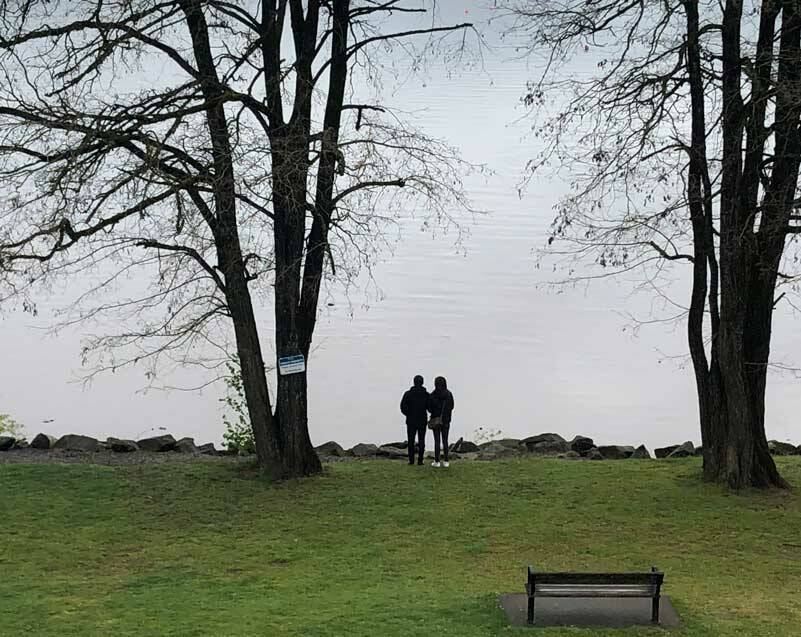By Morf Morford
Tacoma Daily Index
If you were wondering about the weather, it is not your imagination.
Here’s a tally of the HOURS in Seattle at or above 70 F through May over the past several years:
- 2015: 77
- 2016: 144
- 2017: 85
- 2018: 107
- 2019: 103
- 2020: 85
- 2021: 80
- And, as of the end of May, 2022: 6
That’s less than 10 hours of a temperature reaching 70 F – over the whole year so far – up to and including the month of May.
We’ve had more hours of 70 degree weather most Februarys in previous years than we’ve had so far all spring of 2022.
Is your heat still on?
My wife and I have a long tradition of turning off our heat early in May – or at the latest, mid-May. But not this year.
Last summer, my wife was barely coping with the string of 90 degree days so she bought an air conditioner. It’s still in the box.
But most of us are OK with it
If you want to get a sense of the national weather history and projections, take a look here – https://www.weather.gov/. Even a week or two before summer shows 100 degree temperatures across much of North America with heat and humidity, thunderstorms and flooding in many areas.
Besides the usual seasons of spring, summer, fall and winter, some parts of the country have fire season (usually late summer) or tornado season (April to June).
In the 2020s, however, those “seasons” have become full year events.
If you think our weather is insufferable, consider Texas with an average of 155 tornadoes each year – that’s about one every other day for the year.
And Kansas comes in second with a mere 96 tornadoes in a typical year.
When it comes to lightning, Florida sees around 70-100 days a year with at least one thunderstorm in the state. Because of Florida’s vulnerability to thunderstorms, lightning is one of the most deadly weather hazards in the Sunshine State. Add in hurricanes and rising sea level flooding in major cities (like Miami) Florida doesn’t look so irresistible after all.
For a look at other hazards of life in Florida, take a look at this heat index. It starts at 87 F and goes to 137 degrees F.
And if you want to follow – or escape from – extreme weather in any state – check out this website.
We might complain about the weather (and of course we do), but at least we don’t have to scrape it off our windshields (very often) or watch our neighborhoods go up in flames or see floods, droughts or hurricanes leave their trails of destruction.
The shakes
We might not have hurricanes or tornadoes, but we do have earthquakes, and earthquakes don’t have seasons (presumably).
We have little earthquakes on a near constant basis. You can track national and international earthquakes here.
We on the west coast of North America historically have more than our share, but, for a variety of reasons, the middle of the country is catching up.
We, of course, are counting the days until “the big one”.
You can read about the Northwest version of the big one here or the California version here.
And to monitor local earthquake and volcanic activity across the Pacific Northwest, the University of Washington and the University of Oregon cooperatively operate the Pacific Northwest Seismic Network (PNSN).
Wherever, and whenever the big one (or even not-so-big-one) comes, I’ll take our grey days and seemingly relentless rains, and even our few precious days over 70 (and even those dreadful days over 90) and even those horrible smoke-filled days (and nights) that seem to be our “new normal” when it comes to weather, over the weather in almost any other corner of the country.
Our weather might get us down, but at least it doesn’t tear our roof off or dent our cars or break windows (like hailstorms in Colorado – and other places).





